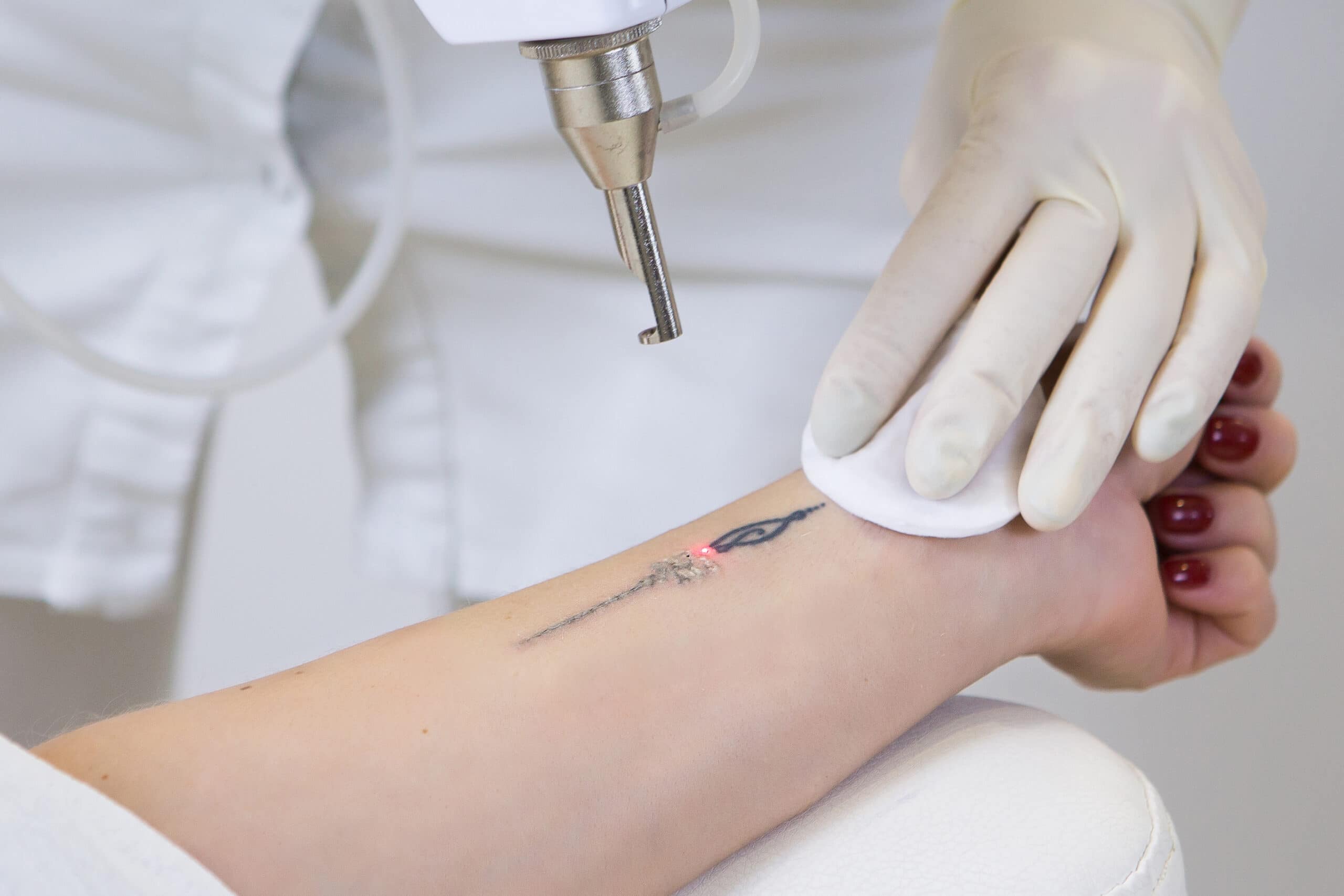Are you regretting that tattoo you got in your youth? Or perhaps it’s a reminder of a past relationship that you’d rather forget. Whatever the reason, you’re not alone in wanting to bid adieu to your tattoo. Fortunately, advancements in technology have made it easier than ever to erase unwanted ink. In this article, we’ll delve into the world of laser tattoo removal, exploring the process, benefits, and what to expect during and after treatment.
Understanding Laser Tattoo Removal
Laser tattoo removal is a safe and effective way to eliminate tattoos from your skin. It works by using specialized lasers that break down the ink particles in your tattoo. These lasers emit intense pulses of light, which are absorbed by the tattoo pigment. This causes the ink to fragment into smaller particles that can be naturally eliminated by your body’s immune system over time.
The Process
Before undergoing laser tattoo removal, it’s essential to consult with a licensed and experienced dermatologist or laser technician. They will assess your tattoo’s size, color, and location to determine the number of sessions needed for complete removal. Keep in mind that tattoos with darker ink may require more sessions than those with lighter shades.
During the procedure, you’ll be given protective eyewear to shield your eyes from the laser’s intense light. The laser will be directed at the tattooed area, and you may feel a mild stinging sensation. Most people find the discomfort tolerable, but some opt for numbing cream or local anesthesia for added comfort.
The number of sessions required depends on various factors, including the tattoo’s size, color, and your skin type. On average, multiple sessions spaced several weeks apart are necessary to achieve the best results. Patience is key when it comes to tattoo removal, as it is a gradual process.
Benefits of Laser Tattoo Removal
- Effective Removal: Laser tattoo removal is highly effective, with most tattoos fading significantly or completely disappearing after multiple sessions.
- Minimal Scarring: Unlike some other tattoo removal methods, laser removal minimizes scarring and damage to the surrounding skin.
- Customized Treatment: The laser can be adjusted to target specific colors and depths of ink, making it suitable for a wide range of tattoos.
- Safe and Non-Invasive: Laser tattoo removal is a non-invasive procedure that poses minimal risks when performed by a trained professional.
- Quick Recovery: Recovery time is relatively short, and you can resume your daily activities soon after each session.
What to Expect After Laser Tattoo Removal
After each session, you may experience some redness, swelling, and blistering at the treatment site. This is entirely normal and usually subsides within a few days. It’s essential to follow your provider’s aftercare instructions diligently to ensure the best results. This may include keeping the treated area clean and avoiding sun exposure.
As you progress through your sessions, you’ll notice the tattoo gradually fading. However, complete removal may take several months, and some tattoos may leave behind a faint shadow or a slight discoloration of the skin. These issues are usually minor and can often be addressed with additional sessions.
Conclusion
Laser tattoo removal is a popular and effective method for erasing unwanted tattoos. While it requires patience and commitment, the benefits of having a clean slate can be well worth the effort. Before undergoing the procedure, it’s essential to consult with a qualified professional who can assess your tattoo and create a personalized treatment plan.
So, if you’re ready to say goodbye to that tattoo that no longer suits you or holds painful memories, consider laser tattoo removal as a viable option. With the right guidance and a bit of time, you can start fresh with a clean canvas. Remember, it’s your skin, and you have the power to decide what adorns it.

